Do the MPPT techniques/chips leave the MPPT mode and the operating point of the solar panel is controlled by the current drawn?
Yes, of course. Low load means less power is taken from the solar panel. If you look at the IV curve of the solar cell below (courtesy of wikipedia) you'd see that with reduced current the cell will rise almost to it's maximum voltage and stay there, way below MPP.

In that scenario, how does this whole circuit (DC-DC converter) knows how much demand is out there? Is there any implicit feedback loop?
Yes, any DC-DC controller with configurable output voltage has a feedback circuit. And no, it does not "know" the demand. It does not have to. The purpose of feedback is to keep output voltage at given level.
The DC-DC converters are basically energy transfer devices. They regulate the power (which is the rate of energy transfer) by changing frequency and/or duty cycle. Note that consequently this also defines input current (and answers your question "how this curtailment happens"). Let's compare different devices for clarity.
Simple DC-DC controller uses feedback of the output voltage to adjust power so that output voltage stays at required level regardless of current drawn by the load. It does not care about power source, drawing as much power as necessary or available.
MPPT controller uses input voltage and current sensors and adjusts power draw so that solar panel stays at MPP. This works best with loads that have wide operating voltage range or capable of adjusting to whatever power is available to them. Some examples are water heaters, water pumps and inverters. External battery chargers can be used as well. With careful selection of panel size even primitive over-current circuits could be sufficient for some battery chemistries.
Finally, most complex device is MPPT charger controller. It uses sensors on both input and output to ensure correct CC/CV charging profile while at the same time keeping panel at MPP. This, of course, works mostly during power-hungry CC charging stage. During CV stage output current drops significantly enough to force input out of MPP mode.
One very important thing to note, that the above does not account for load connected in parallel to the battery. I could not find any MPPT charge controller with built-in power management (doesn't mean there aren't any, of course). What this means is that using charger controller with load is not very good idea, since it cannot distinguish current consumed by the load from current going into the battery.
Better option would be to use two-stage circuit, with MPPT controller taking care of extracting maximum power on the first stage and charger with power path capability taking care of the most efficient distribution and correct charging profile on the second stage.
I strongly recommend reading SLPA013A by TI. It has algorithms for exactly this kind of setup, although implemented in rather complex system.
